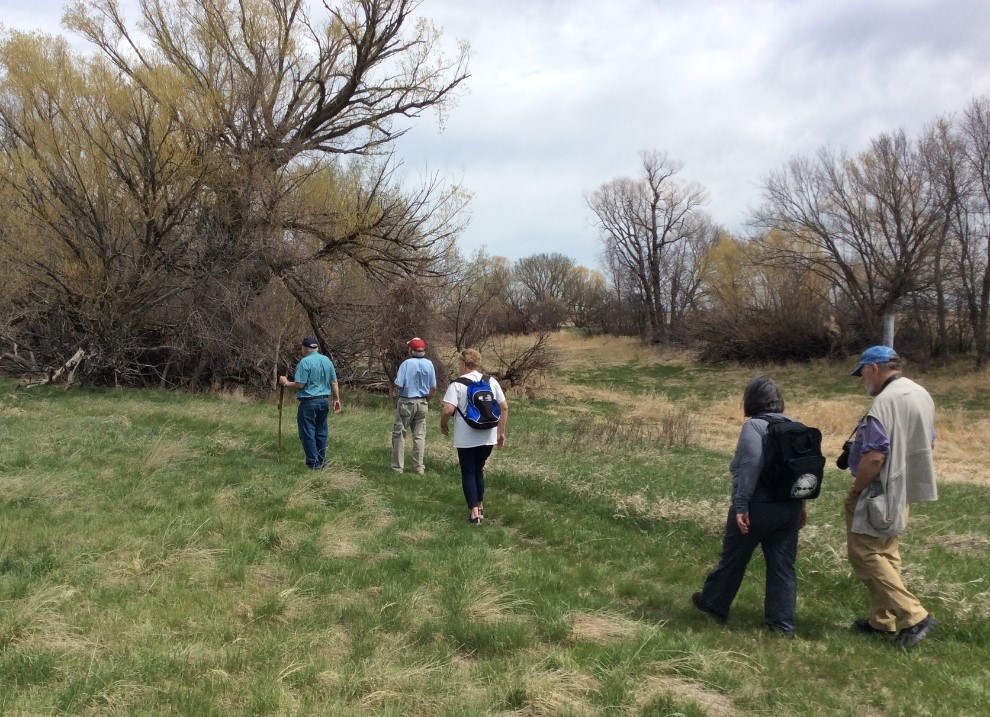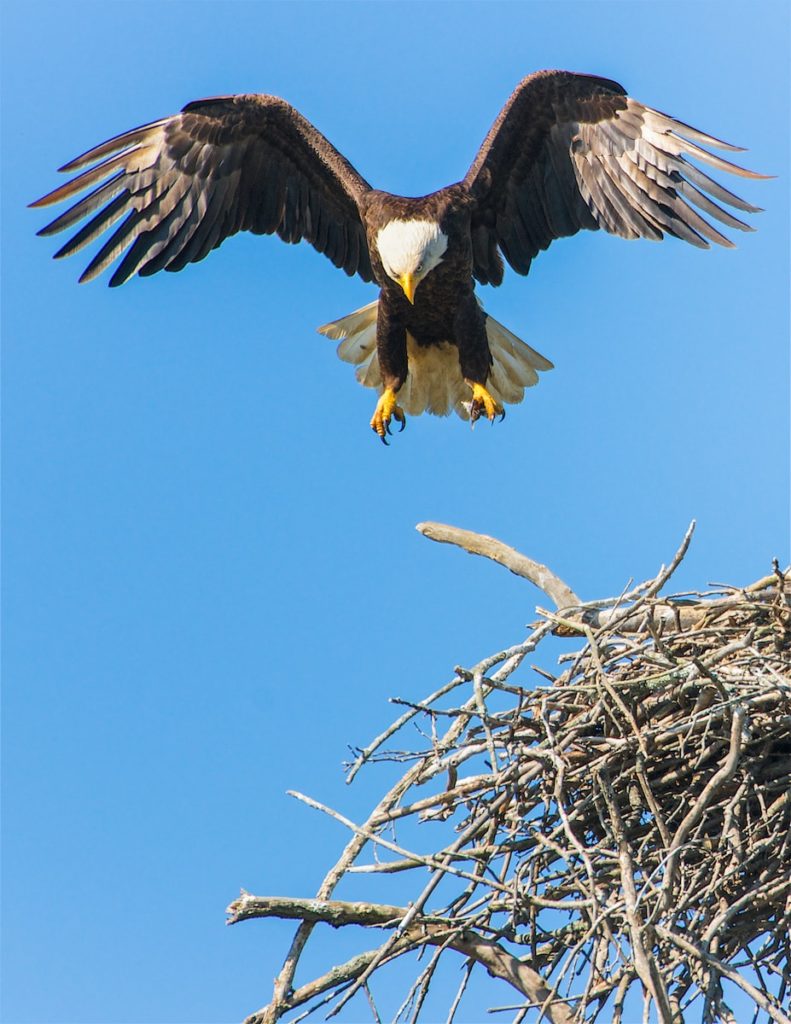
Community Science (Bird Counts)
National Audubon’s Christmas Bird Count Season. This years (2024-2025) is Saturday Dec 14th to Sunday January 5th.
We have moved the 2024-2025 Regional Christmas Bird Count List to it’s own web page on our web pages – visit:
To download last years 124th CBC announcement from PHAS as a PDF visit Scribd link:
https://www.scribd.com/document/692209583/Announcing-Christmas-Bird-Count-FINAL-ma-23-24-3
Results of Christmas Bird Counts In the Past:
=====
Link to last year’s (2022-2023) PHAS’s regional CBC announcement as posted on Scribd: https://www.scribd.com/document/690938817/Final2-2022-23-CBC-Announce-122nd-final-2
============================================================================================================
The Breeding Bird Survey
is a cooperative effort between the U.S. Geological Survey’s Patuxent Wildlife Research Center and Environment Canada’s Canadian Wildlife Service to monitor the status and trends of North American bird populations. Following a rigorous protocol, BBS data are collected by thousands of dedicated participants along thousands of randomly established roadside routes throughout the continent. For more information visit: http://www.pwrc.usgs.gov/bbs/ For more info, contact Laura Hubers, SD Coordinator: http://www.pwrc.usgs.gov/bbs/contactus/USContacts.cfm#SD
=======================================================
West River Spring Migration Count 2025
West River Spring [Bird] Migration Count
May 9 @ 12:00 am – May 12 @ 11:59 pm
The annual West River Migration Count (WRMC) dates are May 9-12, 2025 and
Vic Fondy will be coordinating the count. Similar to the Audubon
Christmas Bird count, the WRMC is conducted during the second week of
May to count both species and numbers of birds migrating thru Western
South Dakota. The WRMC is conducted by counties. During the four day
period, volunteers in Western SD from the Nebraska border to the North
Dakota border will count migrating birds arriving or passing thru
western South Dakota.
======================================================
Climate Watch – Winter Season – January 15th-February 15th, 2025 Climate Watch – The summer and winter seasons repeat each year.
Climate Watch is sponsored by the National Audubon Society (NAS) & takes place during two distinct seasons—winter (January 15-February 15) and summer (May 15-June 15). Below is the alert for any season (winter or summer) .
Like the Christmas bird count this is a chance to help create “citizen science” for birds. Climate Watch focuses on these target species: Eastern Bluebird, Mountain Bluebird, Western Bluebird, White-breasted Nuthatch, Red-breasted Nuthatch, Brown-headed Nuthatch, Pygmy Nuthatch, American Goldfinch, Lesser Goldfinch, Painted Bunting, Eastern Towhee, and Spotted Towhee.
These birds are easy to identify, have an enthusiastic constituency, and Audubon’s climate models for these species offer strong predictions for range shifts for us to test. In future years, Climate Watch may include additional target species threatened by climate change. We believe that western bluebird and painted bunting are not normally in SD. All the other birds occur in all or parts of SD.
Visit this page to see where these birds are in SD, and which are near you:
Location Climate Watch focuses on areas of predicted change for these 12 species at each location across the continent. Audubon provides volunteers with online mapping tools with a grid of 10 km x 10 km squares showing species-specific predictions for each square based on the climate models. A Climate Watch Coordinator can help select your location and survey square. If you are participating on your own, use the online maps to decide in which square to do your surveys. You will be able to see which squares are already “claimed”.
How to count Volunteers should first make sure to read through all of the materials including the full protocol manual. The Climate Watch protocol is different than any other birding program. Then using the planning done with the online maps, volunteers survey appropriate habitat for the target species within a square and conduct 12 point counts of five minutes each within one morning, then record the number and species of all birds seen or heard within 100 meters. Participants send the data to the National Audubon Society.
How data will be used Audubon’s 2019 climate change report, ‘Survival By Degrees, – https://www.audubon.org/climate/survivalbydegrees – reveals that up to two-thirds of North American birds are vulnerable to extinction due to climate change. For example, the beautiful Mountain Bluebird is vulnerable because in the vast majority of its summer range, the climate conditions that this bird needs—temperature, amount of rainfall, and other environmental factors—will shift northward and eastward. This bird may be able to move into new areas over time, or it may struggle to adapt. To test the report’s predictions, Audubon has developed Climate Watch, which aims to document species’ responses to climate change and test Audubon’s climate models by having volunteers in the field look for birds where Audubon’s climate models predict they will be in the 2020s. This information helps Audubon target our conservation work to protect birds. See the Climate Watch results page here to see our early reports and results from the data received by Climate Watch volunteers so far!
Link to the Climate-watch program on the National Audubon Society web page
https://www.audubon.org/conservation/climate-watch
Climate watch instructions for participants
Climate watch for beginners webinar, – this has much of the same info as our November meeting
======================================================================================================================================================
Bio Blitz
Game, Fish and Parks was supposed to have a South Dakota bio-bliz to re-occur annually, but SDGFP discontinued it after the pandemic was over, believing folks could attend face-to-face events
after pandemic, but inaturalist still has national bio-blitzes .
===
February 14-17th, 2025, Great Backyard Bird Count (GBBC)
This event repeats annually. This next year it is February 14th-17th 2025. In February the world comes together for the love of birds. https://www.birdcount.org, or https://www.audubon.org/conservation/about-great-backyard-bird-count
The Great Backyard Bird Count (GBBC)
is a free, fun, and easy event that engages bird watchers of all ages
in counting birds to create a real-time snapshot of bird populations.
Participants are asked to count birds for as little as 15 minutes (or as
long as they wish) on one or more days of the four-day event and report
their sightings online at birdcount.org. Anyone can take part in the
Great Backyard Bird Count, from beginning bird watchers to experts, and
you can participate from your backyard, or anywhere in the world.
=
